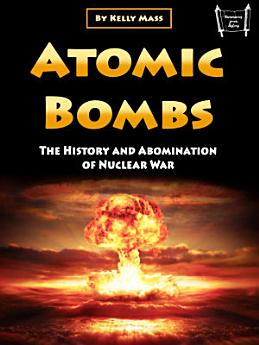Atomic Bombs: The History and Abomination of Nuclear War
About this ebook
The breakthrough that made nuclear weapons conceivable came in December 1938 when German scientists Otto Hahn and Fritz Strassmann achieved nuclear fission by bombarding uranium atoms with neutrons. Their colleague Lise Meitner, working in exile due to Nazi persecution, provided the theoretical explanation for this phenomenon, recognizing that the uranium nucleus had actually split into smaller elements while releasing enormous amounts of energy. The implications were immediately apparent to physicists around the world who understood that if this process could be sustained and controlled, it might release unprecedented amounts of destructive power.
The outbreak of World War II transformed nuclear fission from an academic curiosity into a matter of urgent national security as scientists on both sides of the conflict recognized the military potential of atomic energy. The possibility that Nazi Germany might develop nuclear weapons first created a sense of desperate urgency among Allied scientists and government officials. This fear was crystallized in a letter that Albert Einstein wrote to President Franklin Roosevelt in August 1939, warning that Germany might be developing "extremely powerful bombs of a new type" and urging the United States to begin its own nuclear research program.








